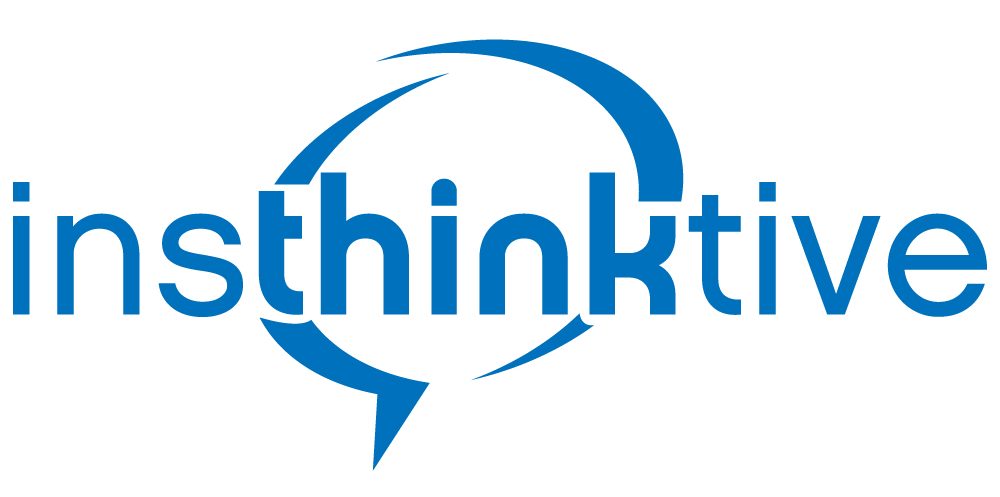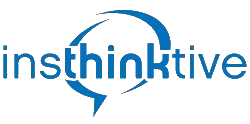When I first became a sales coach I recognised a critical step for all who manage sales teams. You must apply measures and metrics first in order to identify a coaching programme for your team.
When I trained as an Executive Coach this was the part I struggled with most. How do I baseline client performance? How do I measure improvement? How do I show a demonstrable ROI for our work together? How do I help people improve and learn?
There are two parts to the sales coaching process. The qualitative and the quantitative. In this article I will focus on how you can leverage the quantitative to improve the qualitative.
Sales Coaching By Numbers
As a sales coach it is much easier to do this and I call it sales coaching by numbers. I say it is easier but the first challenge is to find the numbers you can measure performance with. In my experience working with hundreds of SME’s in Ireland and the UK a common challenge is that there are no real numbers to begin with.
Step OneAnalyse the sales numbers
If you are dealing with an inside sales team then analyse performance. Let’s take an example. John makes 100 outbound calls and connects with 15 decision makers (15%) and sets up 2 demonstrations (2%).
Comparing John’s performance to Alison who is also on the team you can quickly see a difference in performance. Alison connects with 30 decision makers (30%) and sets up 4 Demonstrations (4%).
As a COACH you want to help John improve his performance. As a COACH you know that allowing John to find solutions himself will greatly improve any coaching conversation you have. So you need a framework or a conversational model.
Step Two- Use COACH
At Insthinktive we developed a very simple coaching conversation model… COACH
Clarify ;
What is the real challenge or issue? Dig deep to get to the heart of the issue?
Options;
What solutions are available to solve this challenge or issue? Ask for at least three options.
Action;
What is the option that is most likely to succeed. And why? What is the next action?
Critique;
What are the limitations of this option? What are the barriers to success? What can get in the way of progress? What resources will you need?
Hold Accountable;
What have we agreed? The problem. The Option and the Action. Who will do what, and by when? When do we touch base on progress?
Using COACH as a model for the coaching conversation here is an example conversation flow
Clarify
Coach; John IWe noticed that your connection rates are lower on average than the team’s are you aware of that? You have a 15% connection rate and our best performer is averaging 30%.
John Wes I? not sure why though. I? making the calls but finding it hard to get through?/i>
Coach;What do you think the challenge is yourself?
John ?? not getting through to the right people, maybe I? not clear on who I should be talking to?
Coach;Who are the key people you should be targeting?
John ? guess if I look at some of the other team they have had success by starting with the most senior people in an organisation. IWe always focused on trying to get to talk to the end users?
Coach;Is that it or is there something else?
John ?o I think that is the main challenge, I guess I am a little intimidated by focusing at Director level, they are harder to talk to?/i>.
Coach;Okay so you may be targeting the wrong people and it is due to a lack of confidence that you will succeed if you go higher?
Options
Coach;So if you are going to change this what are your options?
John Well firstly I need to get the names of the actual Decision Makers.
Secondly I need to work on a script that gives me confidence to talk to these people. And one that gets me past the gatekeepers.
Coach;What else?
John “I could talk to other team members and see what they are doing that is working better and learn”.
Action
Coach; OK so what actions do you need to take?
John “I need to assess my contact list and research LinkedIn to research the names of those I really need to be speaking to”.
Coach; And?
John “I need to develop a new script or approach for my calls. I think it is best to talk to some other team members first and get some insights”.
Critique
Coach; Ok that sounds great but what could stop this from happening?
John ?ime. I? so busy making calls that I don’t have the time to research more?
Coach; Is that really the issue or is it a case of not prioritising properly?
John “Maybe I need to just block some time out weekly to make sure it gets done. I can also invest in a couple of coffees and spend some time with the other team members to get a feel for how they work” .
Hold Accountable
Coach; Ok so let’s get specific, if we could agree a 30 day improvement goal for you. What would be realistic as a connection rate 30 days from now assuming you have completed the actions agreed?
John “I think I could improve from 15% to 20% in 30 days. No I am sure I could”.
Coach; Ok how can I help you with this? What support do you need from me?
John “Maybe you could help me a little with identifying the right people and building a list”.
Also I would appreciate your feedback on my scripts/call maps.
Coach; No problem so when should we touch base and review progress?
John “How about in one week. By then I?l have my actions completed and I should be seeing some results”.
Now I know paper doesn? refuse ink, and this conversation flow may look a little too simplistic, but do not succumb to this thought. Try COACH yourself. Focus on asking the questions only. Avoid giving answers. Use the numbers as your guide to begin the conversation and just see how the conversation can be steered towards a really engaging coaching conversation.
Key Takeaways
Use sales coaching through numbers as your starting point for developing coaching programmes for your team. Use the COACH conversation model and you have a simple and effective way to transform a conversation.
Call Ronan on 086 7732201
coachronan@insthinktive.com



